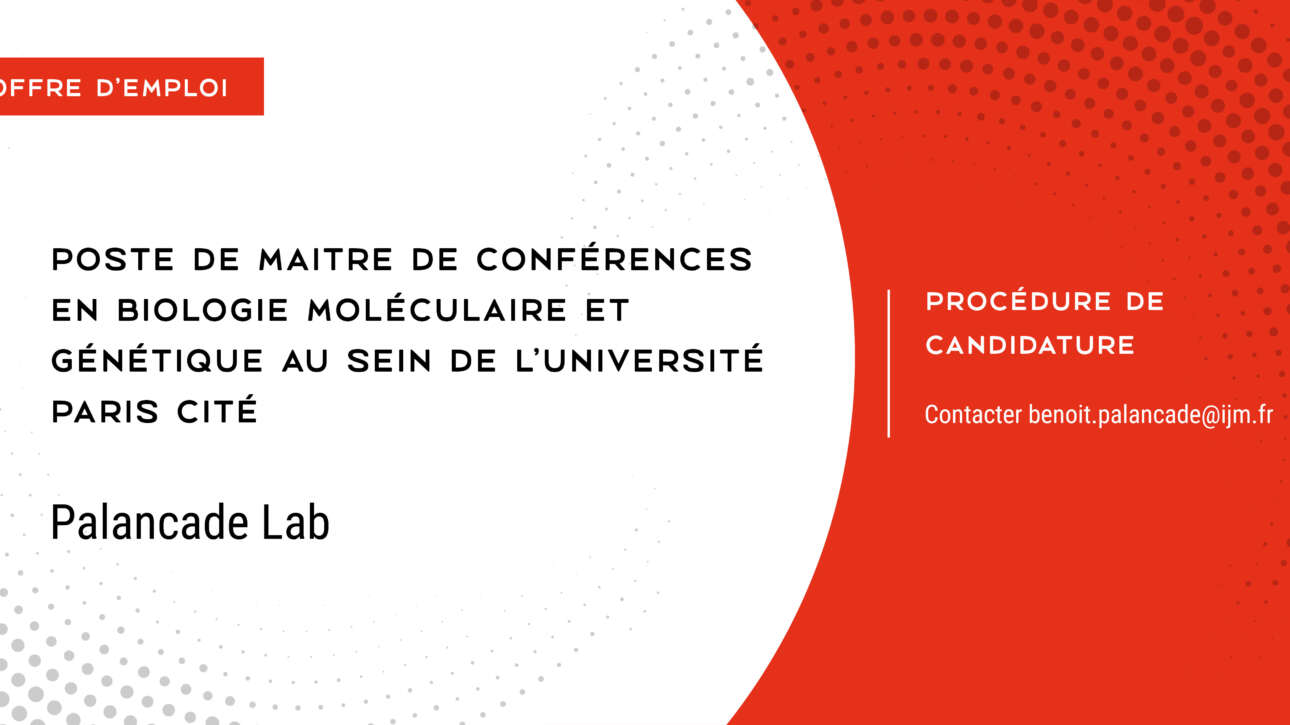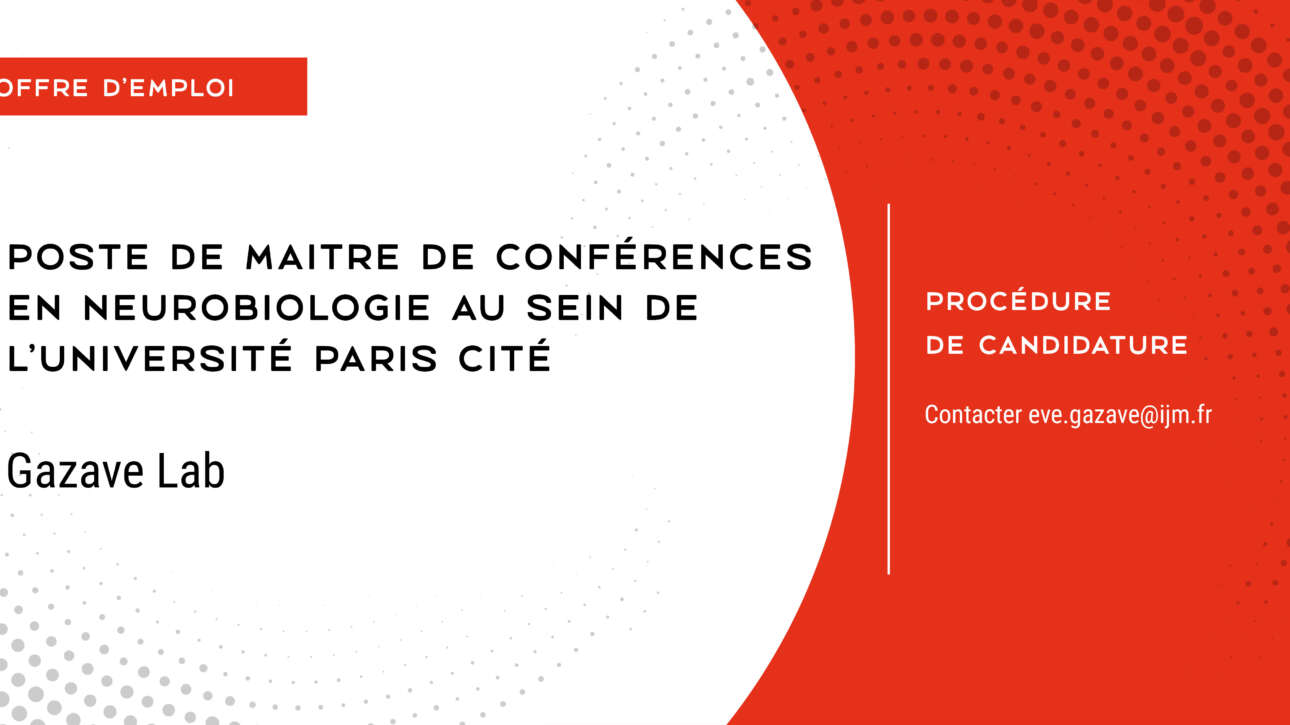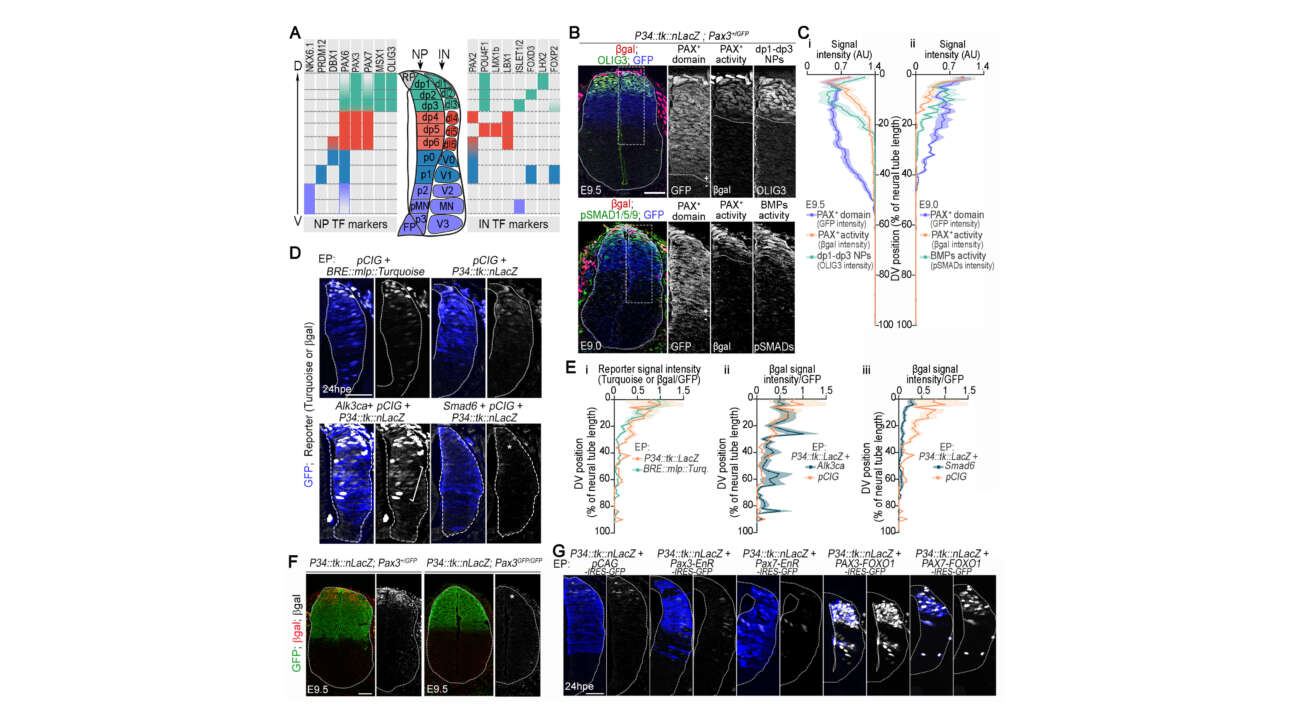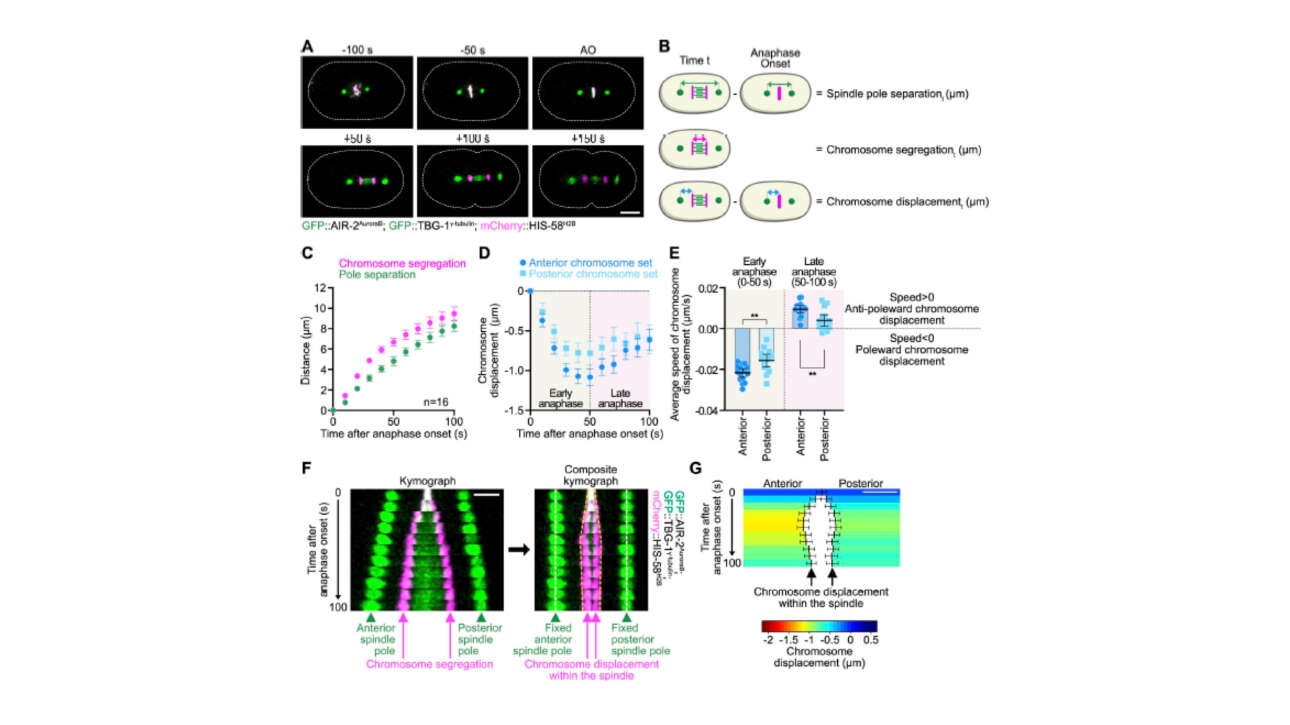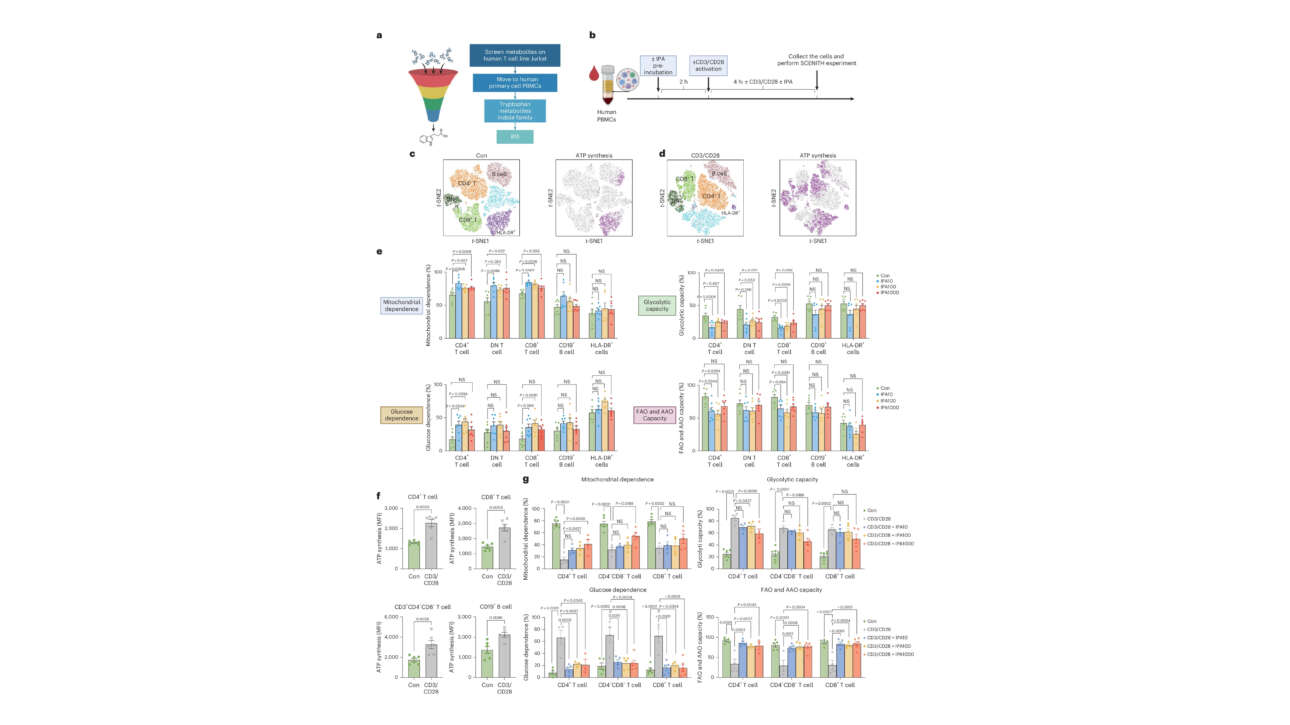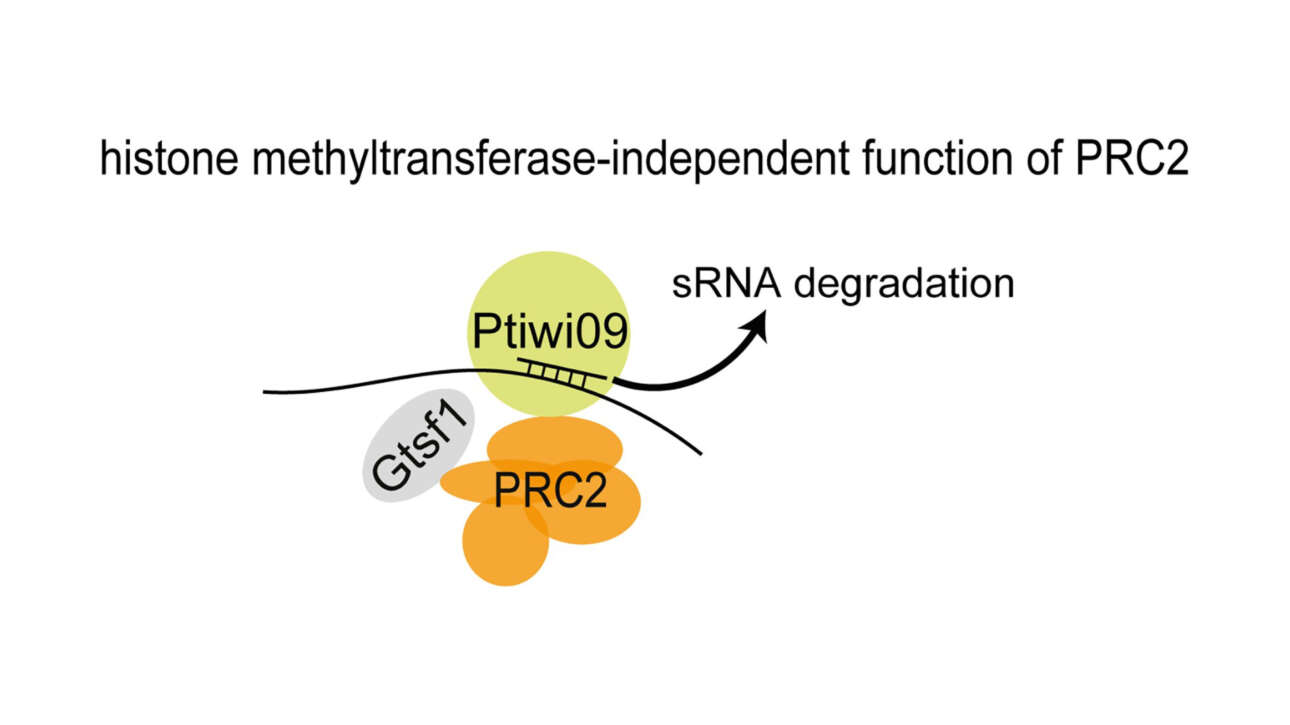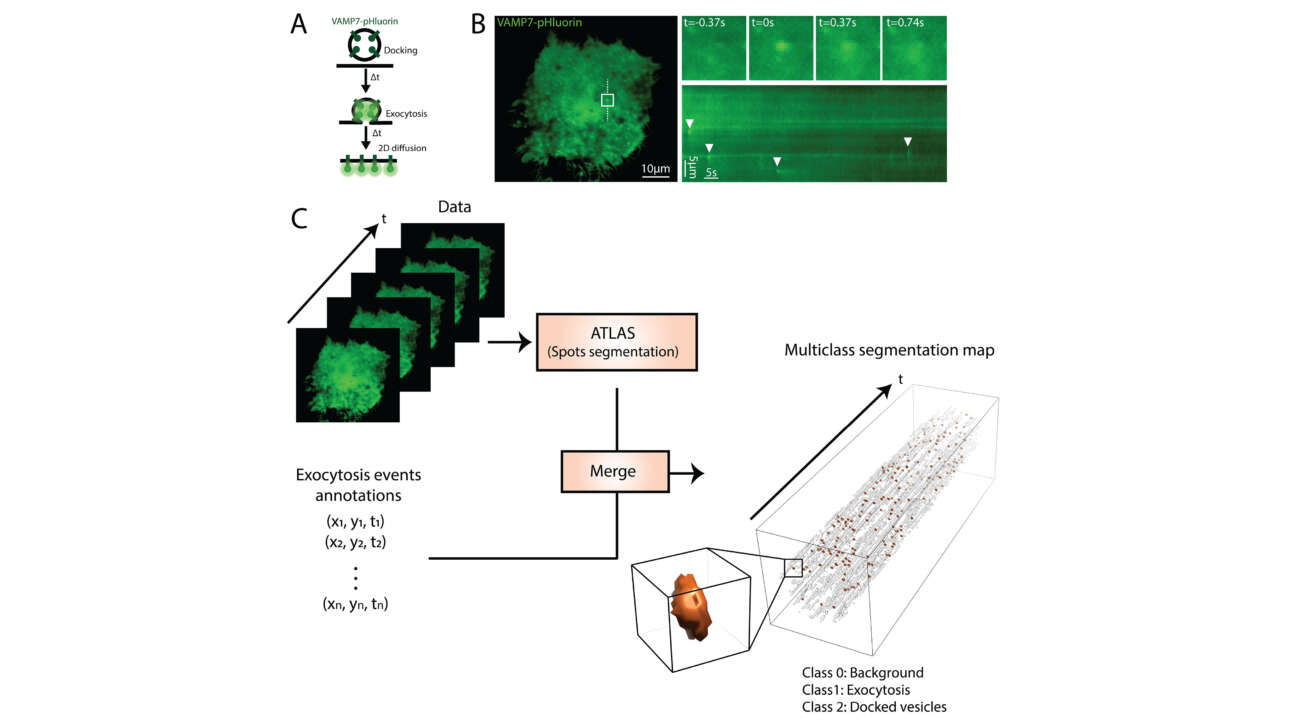Un poste susceptible d’être vacant de Maitre de Conférences en Biologie Moléculaire et Génétique devrait s’ouvrir pour la rentrée 2026 à l’UFR Sciences du Vivant de l’Université Paris Cité. L’équipe Palancade, au sein de l’Institut Jacques Monod, est l’une des trois équipes d’accueil potentielles.
L’équipe Palancade recherche des candidat.es intéressé.es à se présenter au concours de…
